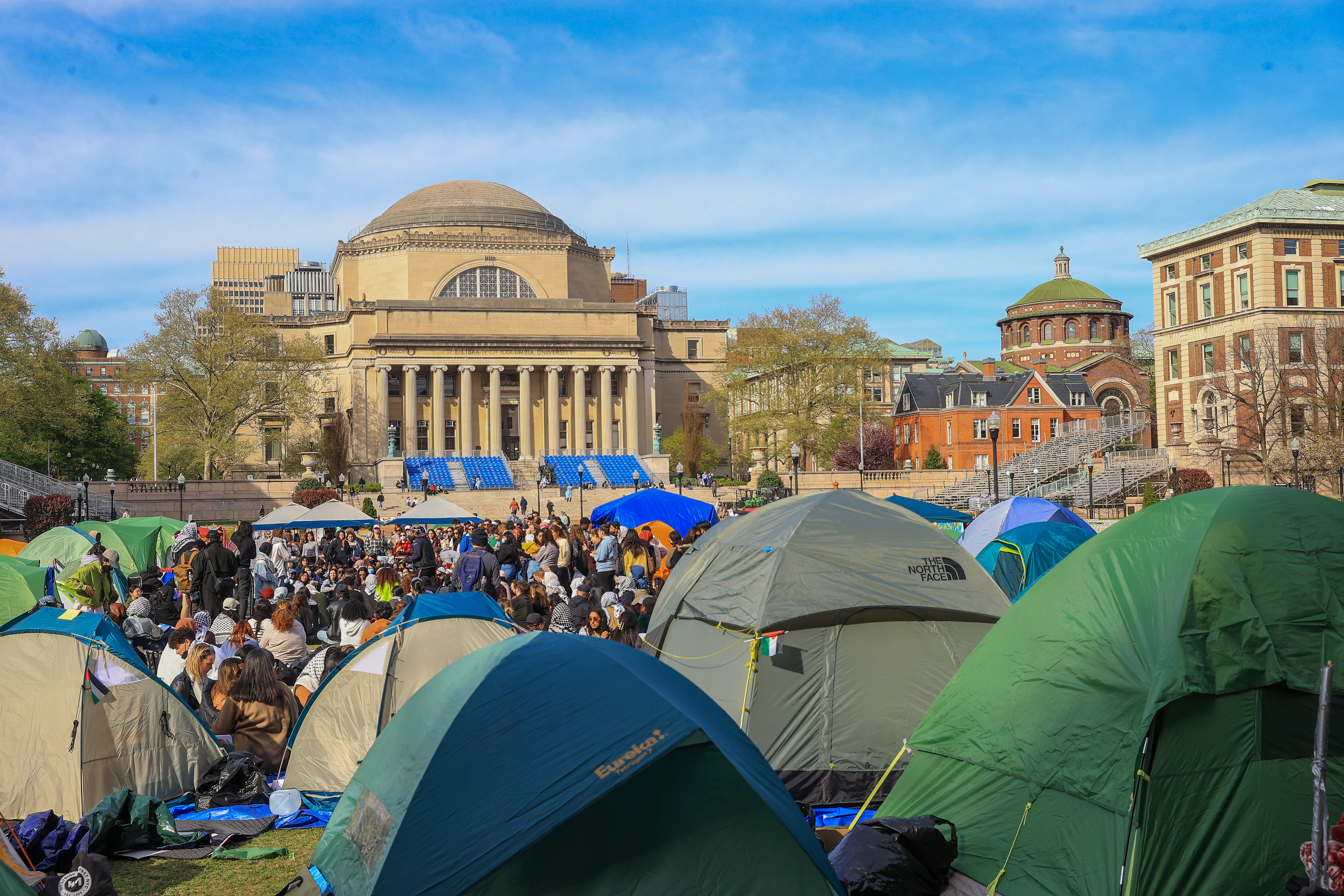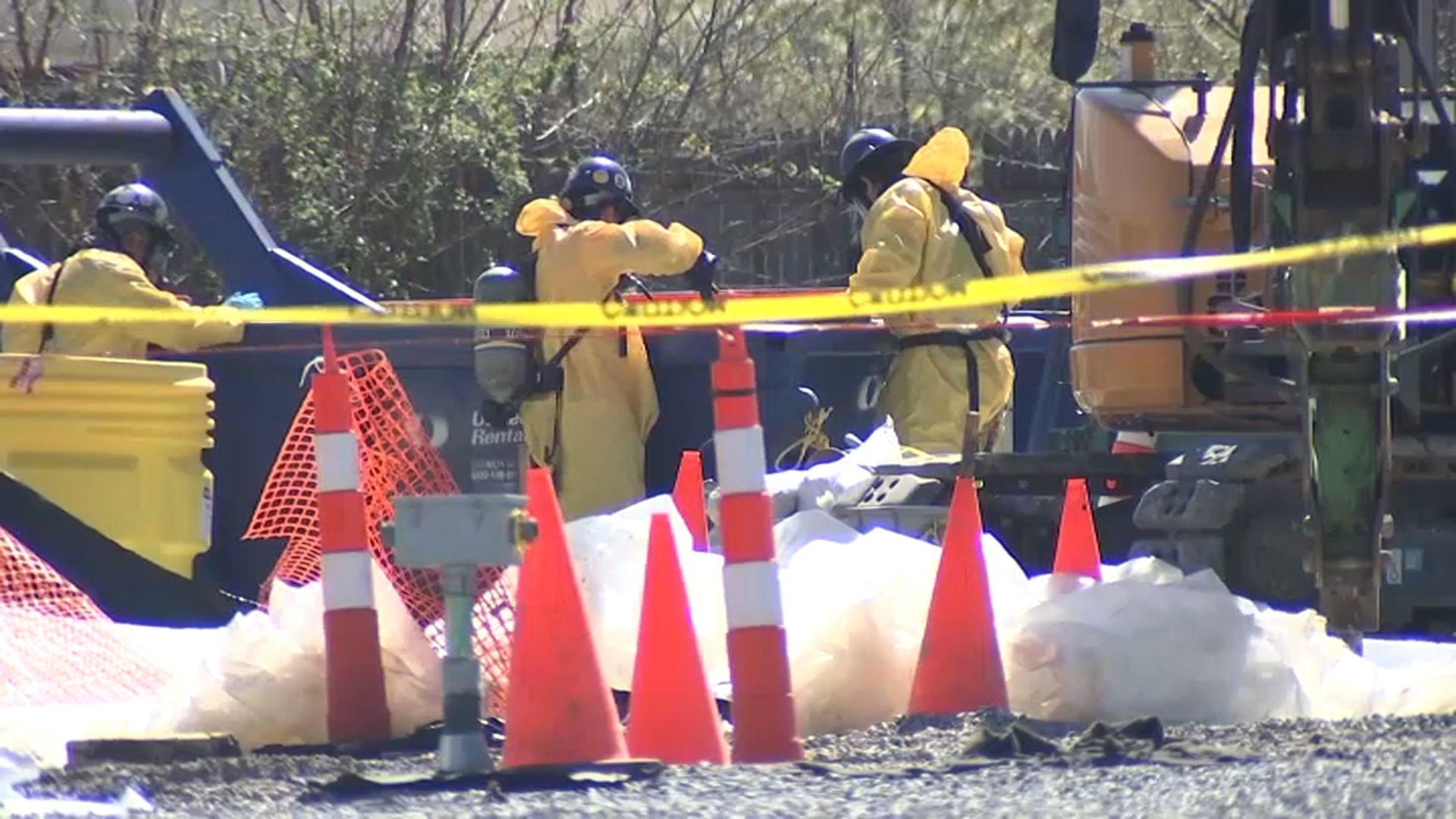One of the largest infrastructure projects in New York City took an important step toward completion Wednesday, as a section of a new water tunnel set to deliver hundreds of million gallons of water a day was primed to open.
The new tunnel, decades in the making, will provide critical backup to the city's two existing water tubes, which were built in 1917 and 1936 and have not received any inspections or repairs.
"There is no other infrastructure project that means more to protecting New York City's future than the third water tunnel," said Mayor Bloomberg as he addressed the press 200 feet below Central Park. "If we were to lose one of the water tunnels without backup, parts of the city would be uninhabitable."
"You just can't live when you don't have water," he said.
The only way for engineers to check on the aging existing tunnels would be to turn them off, leaving huge swaths of the city without water. So, the tunnels have been left alone even though they have leaks that lose millions of gallons of water a day.
With the new tunnel going online, Water Tunnel 1, which runs under Manhattan the Bronx, can eventually be turned off and checked out.
The final section of the new tunnel will run to areas of Brooklyn and Queens currently served by Water Tunnel 2. When that section is completed in 2021, Water Tunnel 2 can also be inspected, Bloomberg said.
Local
The 8.5-mile Manhattan section of the new tunnel, which will carry 350 million gallons a day, was ceremonially activated late Wednesday when Bloomberg opened a valve and water flowed into the fountain in City Hall Park. But hours before, the mayor descended into Manhattan bedrock to show off one of the valves that connects the tunnel to the network of pipes that serves the city's buildings.
For security purposes, reporters were asked not to divulge the exact location of the valve, which is 500 feet below ground.
Water Tunnel 3 was mapped out in 1950 but construction did not begin until 1970. The process stalled later that decade as the city faced a fiscal crisis and mayors diverted the tunnel's budget elsewhere. It has resumed in fits and starts since, to a total cost of $4.7 billion, $2.7 billion of it spent by the Bloomberg administration.
"From the outset we said that we would not repeat the mistakes of the 1970s, when the city failed to make vital infrastructure investments," the mayor said. "It's not sexy, and nobody says thank you, but we should all be sleeping better because of this."
More than 82 million cubic feet of rock have been removed by the tunnel workers, known as sandhogs. More than 5,000 of them have worked on the tunnel since its inception.
Bloomberg says the drinking water that flows through the new tunnel will not taste different. The city currently uses about 1 billion gallons of water a day.



